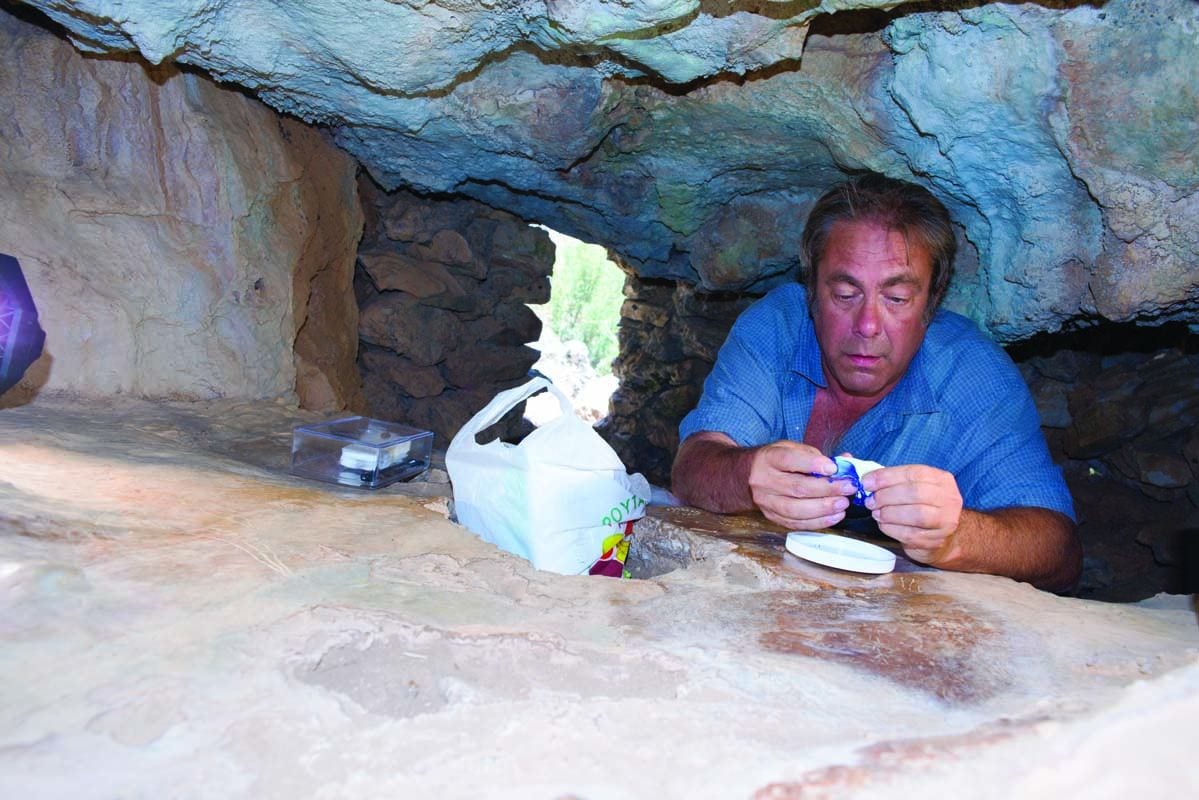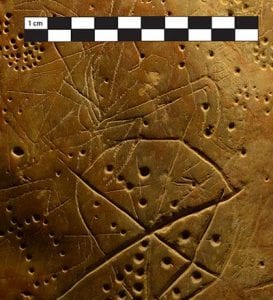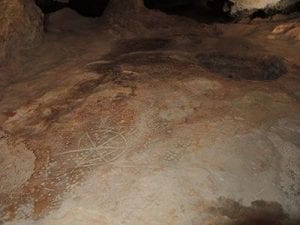Dr. Thomas Strasser identifies Paleolithic-era art in Greek cave


Dr. Thomas F. Strasser, professor of art history and an expert in Greek archaeology, discovered the first Palaeolithic (Ice Age) art ever found in Greece in summer 2016.
Strasser recently announced his findings about the Asphendou Cave on the island of Crete, where he has conducted research for more than 20 years. The research was published in The Journal of Archaeological Science: Reports and was featured in The Times of London.
Carved into the cave’s floor is a jumble of engravings that had eluded dating, even though they were discovered and published more than 45 years ago.
By comparing the first, and partially obscured, depictions of animals to recent fossil discoveries, Strasser noticed they portrayed a deer that went extinct more than 12,000 years ago.
Modern photogrammetry and fossil evidence now date the first layer of this discovery to the last Ice Age.
“This discovery … deepens the history of art in Greece by many thousands of years,” said Strasser. “These are like an eyewitness account of Ice Age Crete.”






